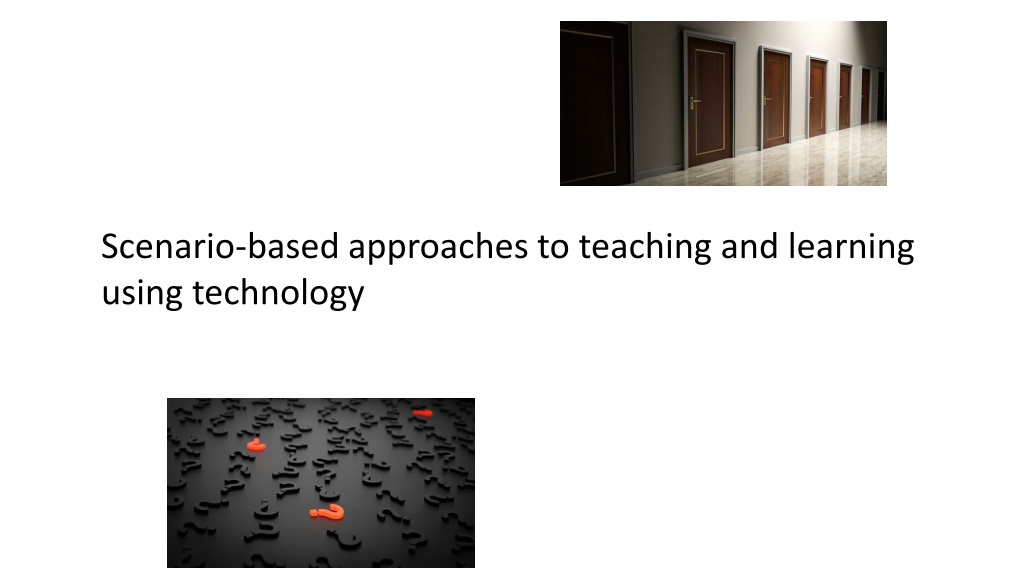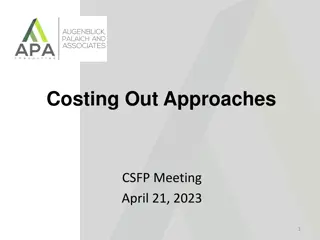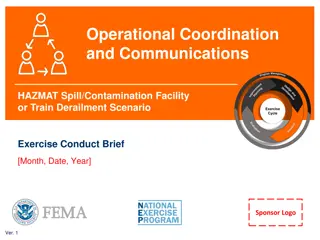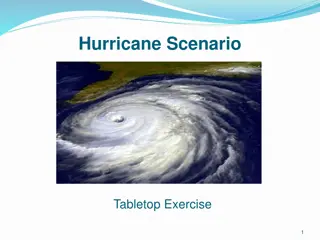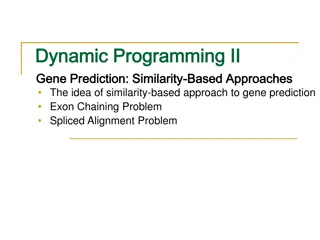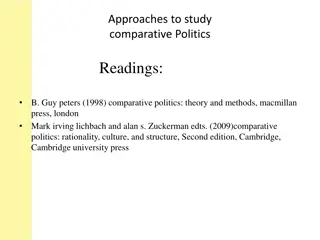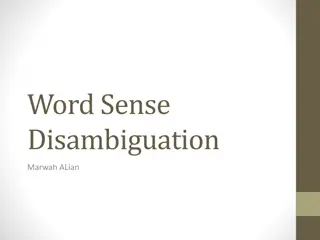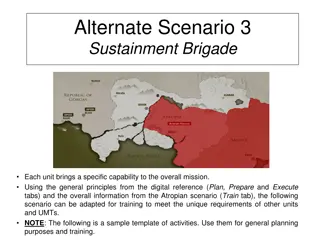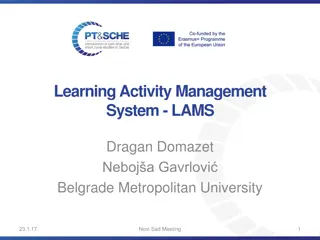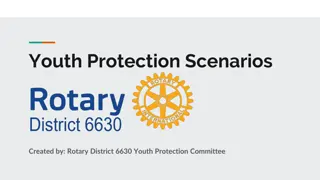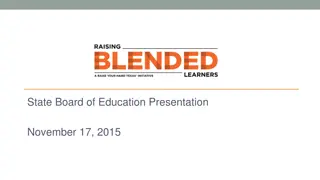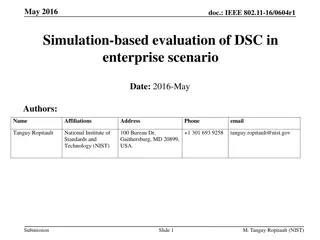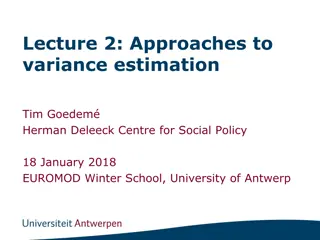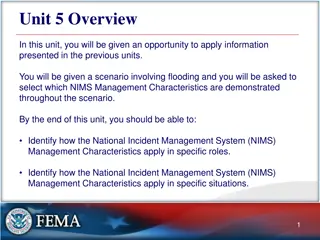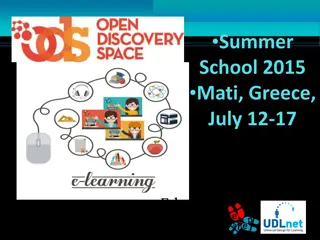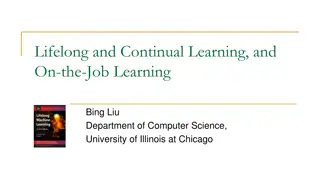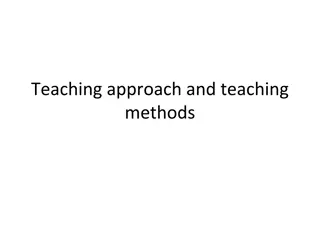Scenario-Based Approaches to Learning Using Technology
Scenario-based learning involves participants in realistic situations to promote deep learning and awareness. Pedagogy focuses on real-world problems, inclusive content, active, collaborative, and self-directed learning. The methodology stimulates engagement and relevance through practical experiences. Examples demonstrate how scenarios can be applied to real-life situations involving complex relationships.
Download Presentation

Please find below an Image/Link to download the presentation.
The content on the website is provided AS IS for your information and personal use only. It may not be sold, licensed, or shared on other websites without obtaining consent from the author. Download presentation by click this link. If you encounter any issues during the download, it is possible that the publisher has removed the file from their server.
E N D
Presentation Transcript
Scenario-based approaches to teaching and learning using technology
Session Content Scenario-based what? Pedagogy How/where technology fits in Issues and Challenges
What is Scenario-based learning? Scenario-based learning (SBL) is a methodology which aims to promote deep learning and awareness by involving participants in realistic situations where they are required to consider a wide range of factors, make decisions, reflect on the outcomes and what they have learned from this.
What is Scenario-based learning? Problem-based learning (PBL) Storification Gamification Case studies Discovery learning
What is Scenario-based learning? Scenario-based learning (SBL) is a methodology which aims to promote deep learning and awareness by involving participants in realistic situations where they are required to consider a wide range of factors, make decisions, reflect on the outcomes and what they have learned from this.
What is Scenario-based learning? Contain a degree of uncertainty and complexity consistent with lived experiences
Pedagogy Development of deep learning by confronting students with real-world situations and problems. Opportunity to utilise inclusive, multi-modal learning content. Active learning. Collaborative learning. Self-directed learning.
Pedagogy Stimulate engagement by exciting the interest of the participants Creating relevance through being situated in the real world of experience
Examples Heather (40) and Bruce (42) have been living together for 5 years. They have both been married before. Bruce keeps in touch with his ex partner, Karen, as they have 2 children, aged 8 and 9, who live with their mother in the week but stay with Bruce and Heather most weekends. Heather has one teenage son, Rick, who lives with them full time but he is aged 16 and wants to leave home. Neither have contact with her ex partner as that was an abusive relationship that ended acrimoniously soon after Rick was born. Heather meets her community midwife and is clearly shocked at finding out that she is already 13 weeks pregnant stating that everything is different this time and I was certainly not planning this and I am not happy and I told him to sort this out. Both Heather and Bruce smoke between 10-20 cigarettes a day and admit than when no children are there also use recreational drugs occasionally. Heather works as a part time cleaner but since Bruce was made redundant has struggled to find full time work but sometimes helps his friend on his market stall. Activity 1: 1st Antenatal appointment a) What are likely to be Heather s main concerns when she meets her midwife at 13 weeks to book? b) What specific health and safety issues should the midwife advise Heather about whilst pregnant in view of her job? c) Using a PISCES model think of one thing that may affect each of the following in relation to Heather s wellbeing in the antenatal period? PHYSICAL / INTELLECTUAL / SOCIAL / CULTURAL / EMOTIONAL / SPIRITUAL d) Using the latest NICE Guidelines identify what are the key things the midwife needs to ask when Heather booked with her community midwife?
Examples (there are no links to these) Emergency Room Research Ethics by Dr Catherine Flick Missing Fish
Examples Northside https://northsidedrive.our.dmu.ac.uk
Scenarios and Co-Creation The creation of scenarios has a learning dimension for students Reflection on experience Applied knowledge Mapping a process EDI and De-colonisation Placement students
Challenges Student engagement Resource development time Ability to construct this type of content Ongoing development, oversight and administration
